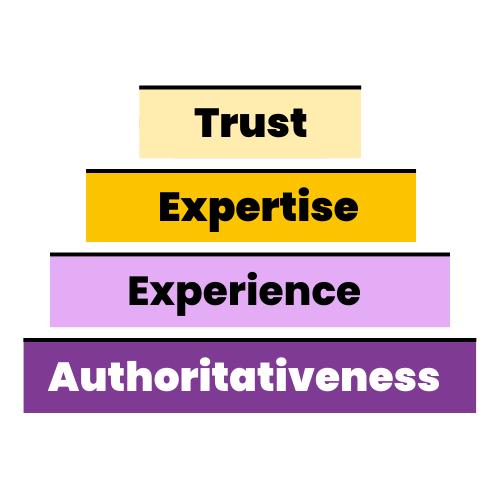Google has recently released a statement to clarify their stand on the use of automation and AI-generated content.
“AI has the ability to power new levels of expression and creativity, and to serve as a critical tool to help people create great content for the web.
This is in line with how we’ve always thought about empowering people with new technologies. We’ll continue taking this responsible approach, while also maintaining a high bar for information quality and the overall helpfulness of content on Search.” – Google
In this statement, Google has confirmed that using AI-generated and AI-assisted content is not against their guidelines. However, using AI for the sole purpose of manipulating search engine ranking is against their spam policies.
Google values original and helpful content, regardless of how it is produced.
What Does This Mean For You?
You can use AI tools to write or improve content for you. For, you need to be the one in charge of your content strategy.
Don’t just copy-paste AI-generated content.
Edit your content to ensure that it follows your brand guidelines.
Make sure that your content follows EEAT guidelines.
What does this mean?
EEAT: Expertise, Experience, Authoritativeness, Trustworthiness

EEAT is a part of Google’s search quality rater guidelines.
Google has 16,000+ quality raters globally who manually evaluate the quality of content based on their guidelines.
To communicate your expertise, experience, authoritativeness, and trustworthiness, make sure that you:
- Cite authoritative sites as your source.
- Follow the experts in your industry and see what they have to say about a particular topic (Try to include these insights in your content.)
- Discuss your experience. Include what qualifies you to write about a particular topic.
- Focus on the readers. Optimize your content for your visitors before you start worrying about your ranking.)
Google has also added “Who, How, and Why” to their criteria of what makes content helpful.
Always Add Who, What, And Why To Your Content
Let’s now discuss these in detail:
- WHO: Always add a byline about who created the content in your blog posts. Talk about their background and expertise.
- HOW: Disclosures about the use of AI or automation are valuable for content that may prompt users to wonder, “How was this generated?
- WHY: Always think about why you are creating a particular piece of content? What inspired you to create it?
Always adopt a people-first approach to content creation. Create content that will make someone’s life easier. And, that someone needs to be your target audience.
Creating good content requires a combination of careful planning, research, and attention to detail. By taking a people-first approach, you can ensure that your content resonates with your audience and meets their needs.
Source: Google Search Central

